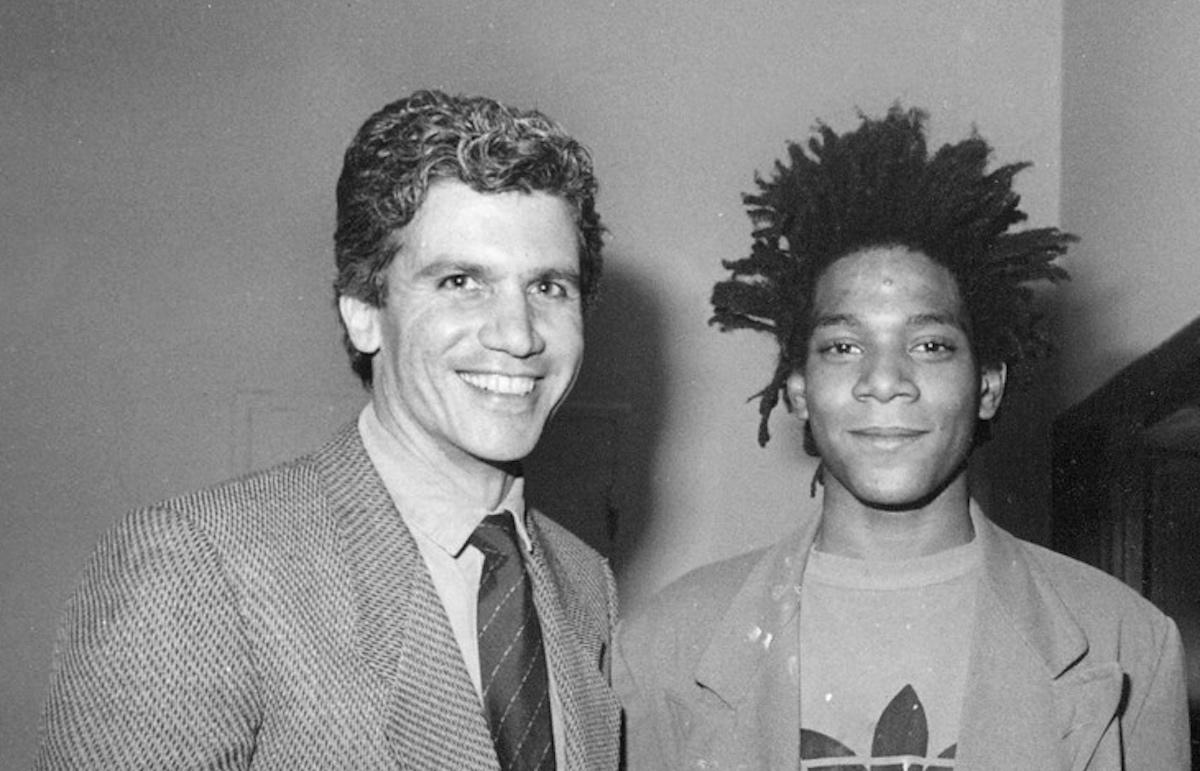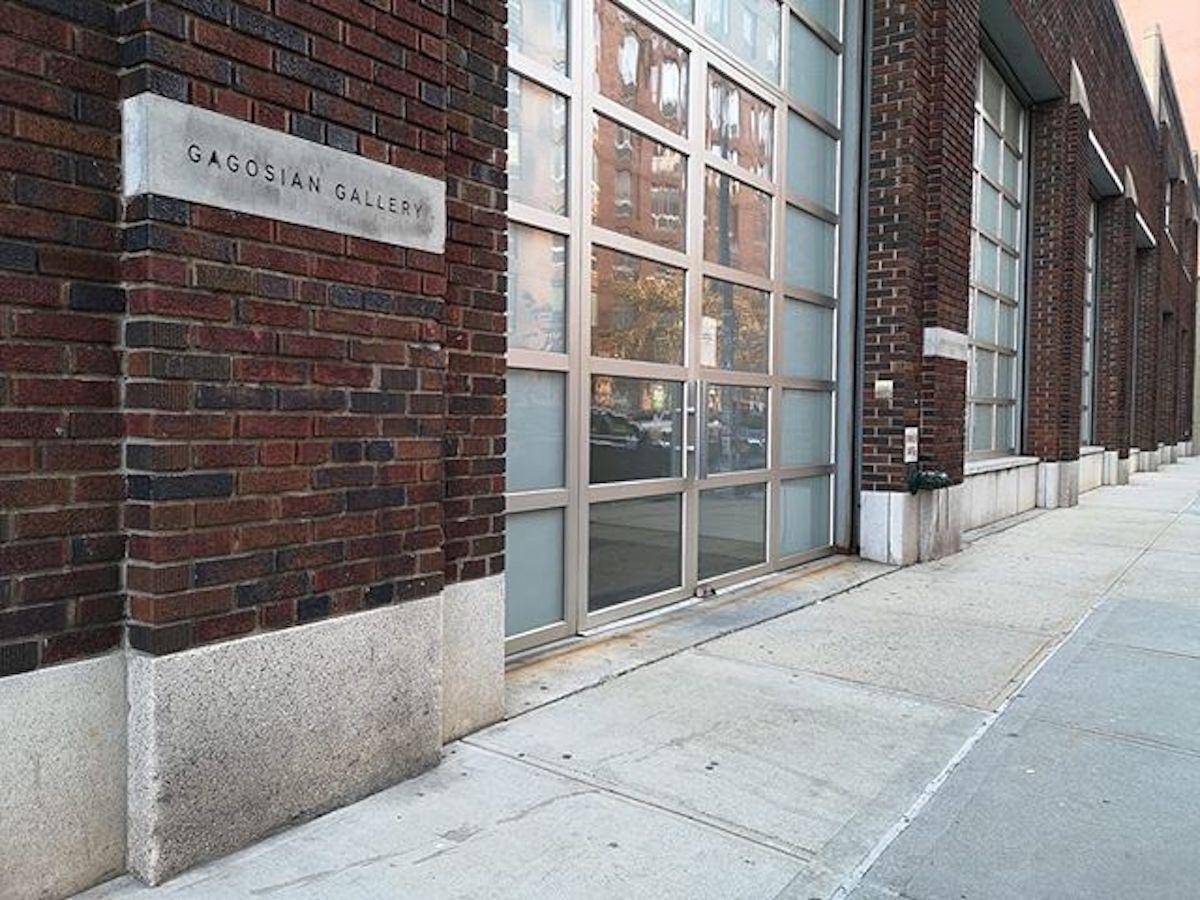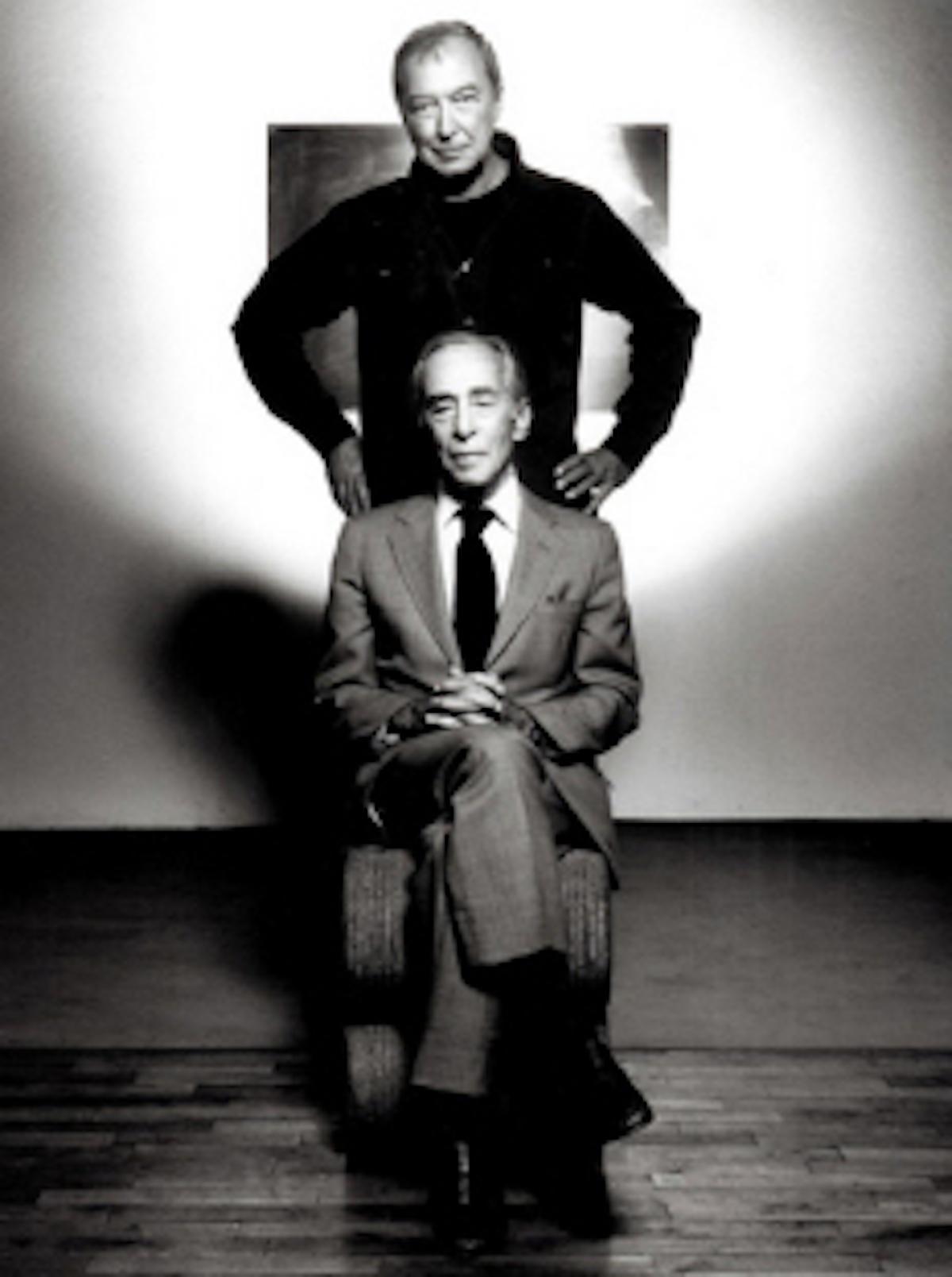Castelli took on a young and ambitious Larry Gagosian as his protege, introducing him to artists, clients, dealers, and showing him how to run a gallery where the artists come first. At the time, Larry was just selling posters on the sidewalk. Toward the later years of Leo’s life, he and Larry became partners – they had a gallery together and co-represented artists.
By the early 1980s, Gagosian began to develop his business rapidly by reselling blue-chip modern and contemporary art and in 1980 he opened his first gallery for modern and contemporary art in Los Angeles. Gagosian also opened a space on West Broadway in New York City, but had to shut it down after everyone in the building complained about the noise of his parties. In 1985, he established a more permanent Manhattan gallery in a building owned by the artist Sandro Chia, on West 23rd Street. At the time, there weren’t really any galleries in Chelsea, but that would soon change, thanks to Gagosian’s influence.
The shows at Gagosian's Chelsea gallery were the stuff of legends: a Lichtenstein-Picasso show, abstract de Kooning paintings from the 50s, Warhol, and Twombly – the list goes on. Gagosian Gallery from the get-go put on well curated exhibitions that still influence the blockbuster Chelsea gallery shows today.































